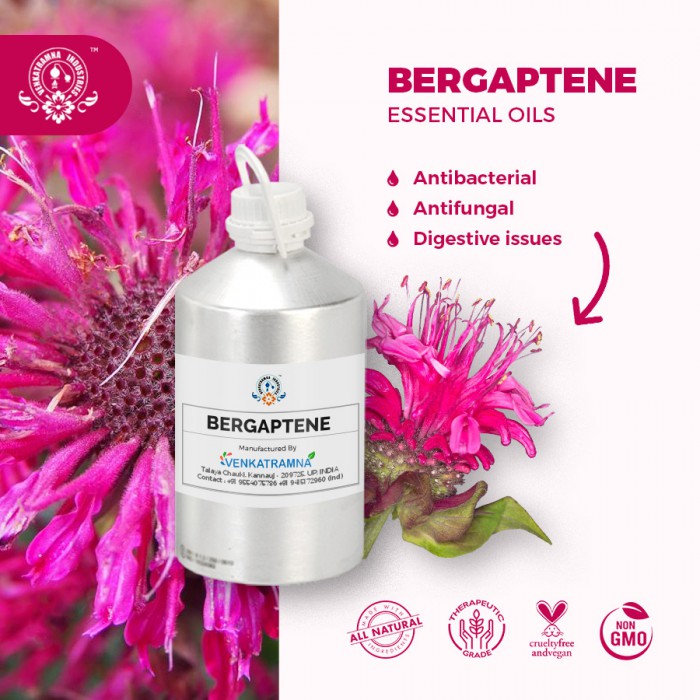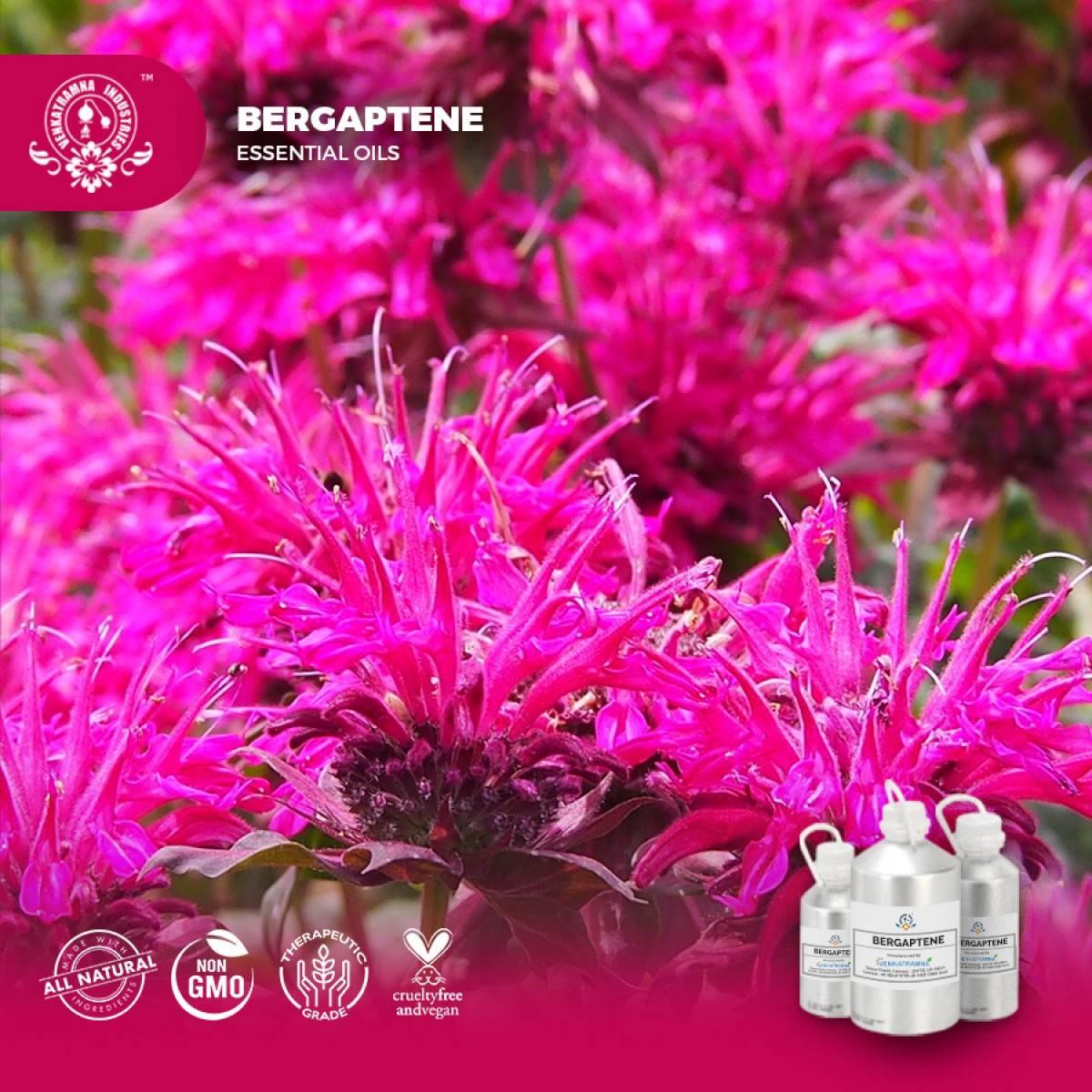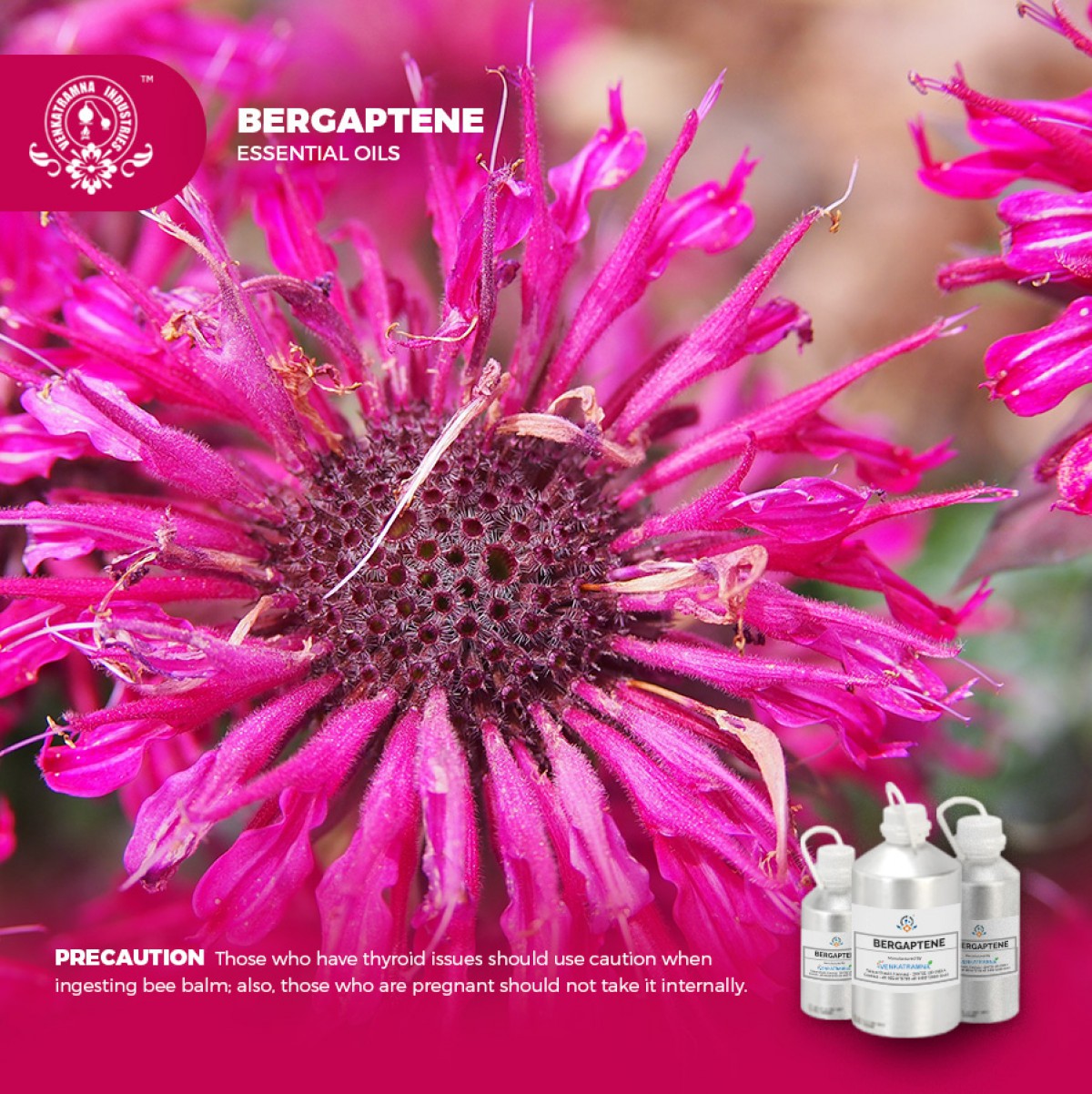Botanical Name: Monarda fistulose Common name: Monarda menthaefolia, Bee Balm Read More
Botanical Name: |
Monarda fistulose |
|
Common name: |
Monarda menthaefolia, Bee Balm |
|
Plant family: |
Lamiaceae |
|
Genus: |
Monarda |
|
Appearance/Color: |
A thin, light pale pink. |
|
Odor: |
Herbaceous, floral, slight citrus back note |
|
Blends With: |
Blends with
lavender, lemon, lime, geranium, sweet orange, wild orange,
petitgrain, mandarin, sandalwood, tangerine, yuzu. |
|
Origin |
Italy |
Wild bergamot is a herb native to
the woodlands of north America. It bears flowers of scarlet, pink, white or
purple and has green, over leaves. The leaves have a red-colored vein running
through them. The reason that bee balm is also given the name bergamot is that
the aroma reminded the botanist, Dr Nicholas Mondares- whose name was given to
the Latin name of the plant, Mondara- of the citrus aroma of bergamot.
Seed-sow mid to late spring in a cold frame. Germination usually takes place within 10-40 days at 20 degree. When large enough to handle, prick the seedlings out into individual pots and plant them out into their permanent positions in early summer. The seed can also be show in situ in late summer in areas where the winters are not too severe and will produce larger plants. Cutting of soft basal shoots in spring. Harvest the shoots with plenty of underground steam when they are about 8-10cm above the ground.
The complete range of conditions or methods of use are beyond our control therefore we do not assume any responsibility and expressly disclaim any liability for any use of this product. Information contained herein is believed to be true and accurate however, all statements or suggestions are made without warranty, expressed or implied, regarding accuracy of the information, the hazards connected with the use of the material or the results to be obtained from the use thereof. Compliance with all applicable federal, state, and local laws and local regulations remains the responsibility of the user.
The FDA has not evaluated the statements on this website. No claims are made by Venkatramna Industries as to the medicinal value of any products from vriaroma.com or by us. The information presented here is for educating our customers about the traditional uses of essential oils and is not intended to diagnose, treat, cure, or prevent any disease. You are responsible for understanding the safe application of these products. If you have any questions, please call or email us for further information.
As per NAHA guidelines, New Directions Aromatics (NDA) does not recommend the ingestion of essential oils. It is imperative to consult a medical practitioner before using Essential Oils for therapeutic purposes. Pregnant and nursing women and those taking prescription drugs are especially advised not to use this product without the medical advice of a physician. The oil should always be stored in an area that is inaccessible to children, especially those under the age of 7.
The
herb bergamot is rarely used as an essential oil in aromatherapy practice but
it does have therapeutic properties for herbal medicine practice. The leaf of
bee balm is used as an infusion in tea to help in the relief of insomnia,
menstrual pain, nausea, and flatulence.
May
help to ease congestion, coughs and colds, and some infections. Also, can aid digestive system. When diluted
in a carrier oil, it may be beneficial for oily skin and acne prone skin, minor
skin irritations like eczema and psoriasis, cold sores, as well as minor wounds
like cuts, scratches and abrasions.
It’s
refreshing and clean citrus smell is believed to be used as a powerful source
to calm the mind and soul. Due to its purity and skin-friendly attribute, it is
commonly used for massage therapy and baths to provide claiming effects to the
users. Its ability to uplift moods or give an energy boost and reliving stress
and antibacterial, analgesic, antiseptic, anti-spasmodic, and Soothing effects.
·
Antibacterial
·
Antifungal
·
Antiviral
·
Diuretic
·
Digestive
issues
|
S.No |
Key Constituents |
Strength (%) |
|
1 |
Geraniol |
86.8-93.2% |
|
2 |
Linalool |
0.8-3.1% |
|
3 |
Neral |
1.4-2.0% |
|
4 |
g-terpinene |
0-1.8% |
|
5 |
geranial |
1.2-1.6% |
|
6 |
Nerol |
0.8-1.4% |
|
7 |
b-myrcene |
0-1.3% |
|
8 |
1-octen-3-ol |
0.2-1.1% |
Those
who have thyroid issues should use caution when ingesting bee balm; also, those
who are pregnant should not take it internally.
Safety summary
·
Hazards: drug interaction; skin sensitization (low
risk).
·
Cautions
(oral): drugs
metabolized by CYP2B6 (appendix B). Maximum dermal use level; 5.7%
Safety advice
Our
dermal maximum is based on 93.2% geraniol content and a geraniol limit of 5.3%
Organ-specific
effects
·
Adverse
skin reaction: No
information found.
Systemic effects
·
Acute toxicity: No information found for the oil. Geraniol
shows on signs of acute or sub chronic toxicity.
·
Carcinogenic/anticarcinogenic
potential: No information Found, but wild bergamot oil
contains no known carcinogens. Geraniol and citral (geranial pheral) display
anticarcinogenic activity. Drug interactions; since citral and geraniol inhibit
CYP2B6 there is a theoretical risk of interaction between wild bergamot oil and
drugs metabolized by this enzyme.
·
Ecotoxicity: very toxic to aquatic environment.
·
Bioaccumulation: No data available
·
Mobility in soil: No data available
·
Persistence and degradability: No data available





 MSDS-Wild_bergamot.pdf
MSDS-Wild_bergamot.pdf




